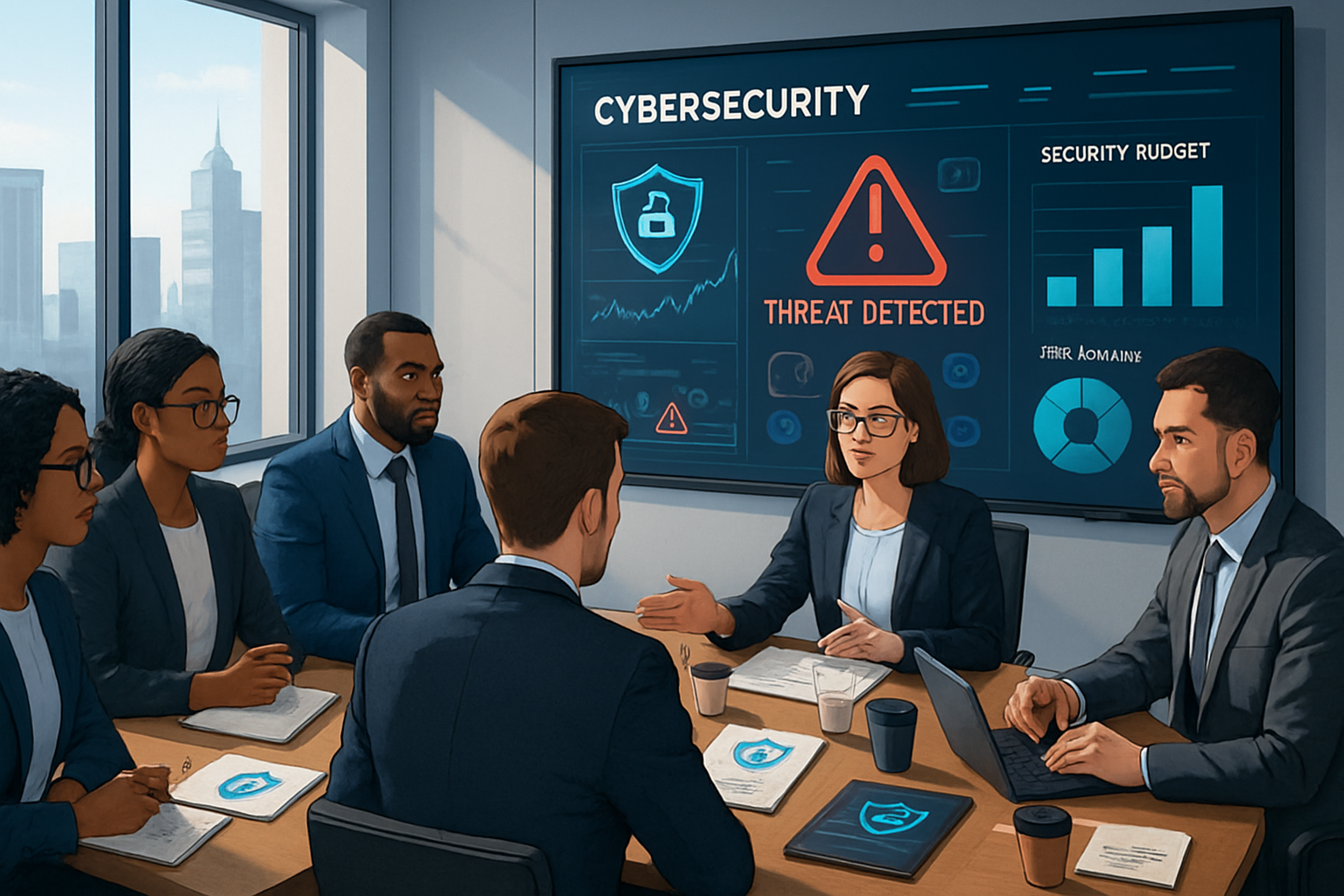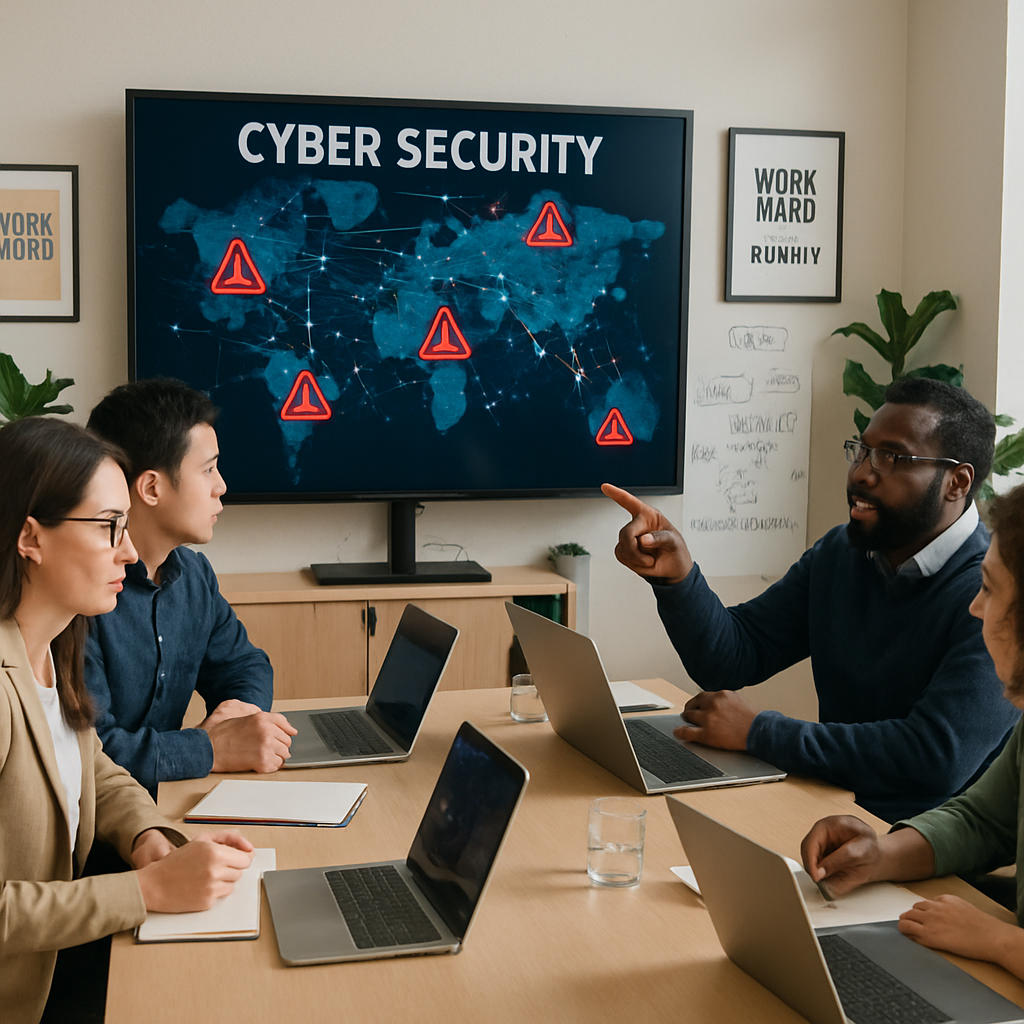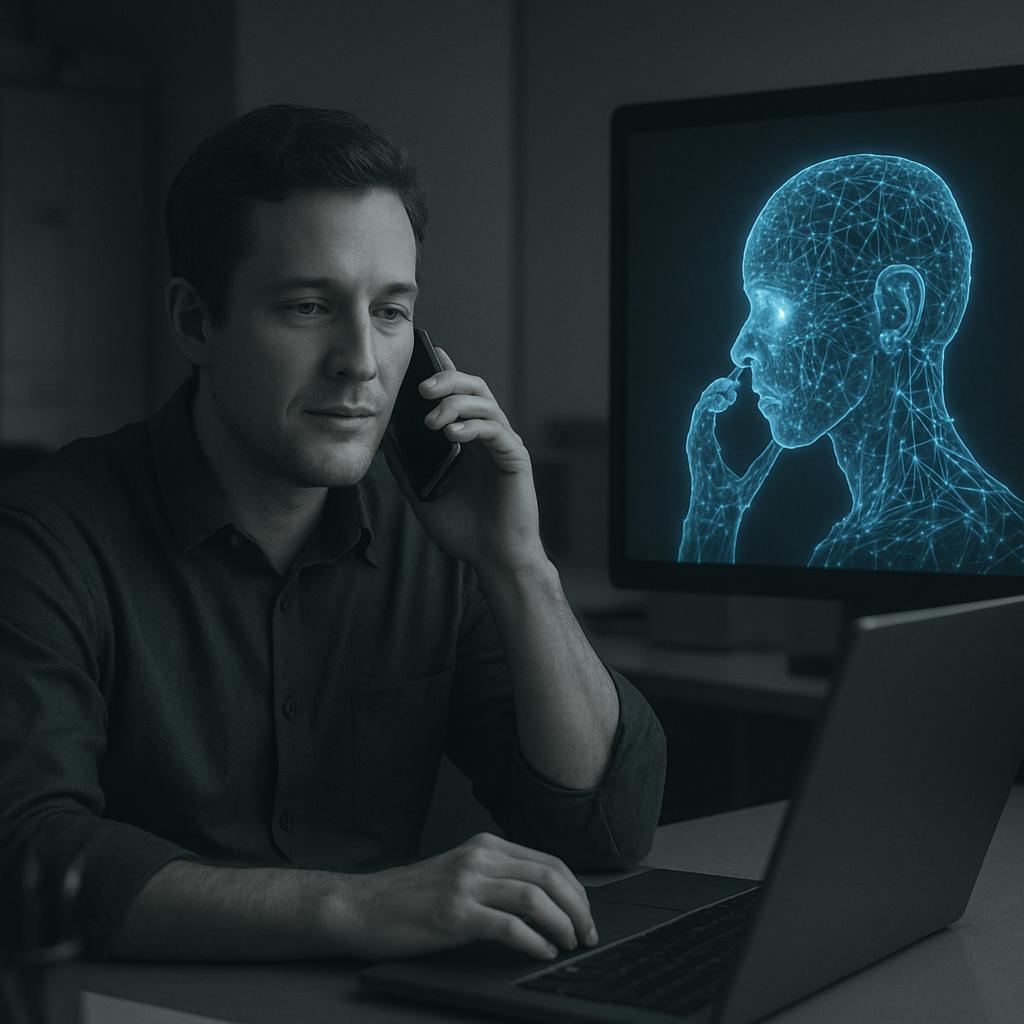2026 Cybersecurity Budgeting For Small And Medium-Sized Businesses
Prepare your business for the evolving cyber threat landscape in 2026 with strategic, cost-effective cybersecurity budgeting tailored for small and...
2 min read
.jpeg) Michael Markulec
:
Nov 11, 2022 2:21:01 PM
Michael Markulec
:
Nov 11, 2022 2:21:01 PM

Millions of students were barred from their lecture halls for the duration of COVID-19, which closed down universities around the globe. Luckily, most lectures and seminars could continue in virtual classrooms with the aid of cloud-based technologies, rather than degree programs coming to a dead stop. However, the transition to remote learning immediately subjected institutions to cybercrime risk. Universities were already a desirable target for attackers looking to ransom millions of dollars, steal confidential student information, or extract important research data.
Even now, universities are unprepared two years after the transition to hybrid working and learning. Ransomware attacks on colleges have only increased since COVID-19. It was impressive how quickly institutions transitioned their personnel to remote working, allowing academics and teachers to assign homework, grade papers, and communicate with students from the comfort of their homes.
In ways nearly unprecedented, students have had remote access to academic resources, lectures, and seminars. However, due to remote learning, staff members and students are no longer covered by the university IT system's security measures. Consequently, in some instances, the haste to move education from physical venues to the cloud resulted in corners being cut and shortcuts being taken. The continuation of education with the least amount of disruption was, understandably, the first goal for universities. Nevertheless, this meant that certain crucial security measures were overlooked, and workers frequently lacked enough expertise in the new technology they were using.
This exposes an institution to social engineering, the psychological manipulation of employees into unintentionally providing sensitive information or granting threat actors access to its network. A ransomware attack might start with just one faculty member or student misled into clicking on a phishing email. Working from home makes it less likely that data will be backed up, therefore post-remote learning universities are more frequently compelled to pay ransoms to unlock operationally crucial data. Hacking groups soon realized that schools are primarily concerned with educating their students rather than reducing rising cybersecurity concerns.
As colleges scrambled to expand remote access for their workers managing IT networks, the number of access point risks skyrocketed, and cybercriminals wasted no time in taking advantage of this. Because all of the staff and students were suddenly accessing services and information through their personal networks and devices, which are fundamentally more vulnerable, university attack surfaces grew even more. Human error is typically to blame for breaches. With cloud technologies, all it takes is a single oversight from a newly remote employee to make access available to anyone with an internet connection. Internal data centers, in contrast, are more challenging to break into because they need a series of security lapses: the hackers must first obtain access, then discover the vulnerability, and finally take the data from the university network while evading detection.
Evidence-based, data-driven strategies should become standard practice across the academic sector to ensure that protective measures are effective. Continuous security controls assessment enables institutions to identify where their defenses are weak so that they may fix them before a hacker takes advantage of them. This is the strongest way to make sure that even if an attacker gains access, they won't be able to take financial or personal information from the students or important research data. Universities have a responsibility to their staff and students to take all reasonable steps to guarantee that their cybersecurity policies are adequate and to combat the current wave of harmful cyber-attacks.

Prepare your business for the evolving cyber threat landscape in 2026 with strategic, cost-effective cybersecurity budgeting tailored for small and...

Small businesses face escalating cyber threats that can jeopardize growth, reputation, and customer trust—strengthening cyber defenses is now...

AI-powered voice cloning is revolutionizing cybercriminal tactics, ushering in a new wave of compelling phishing attacks that threaten business...